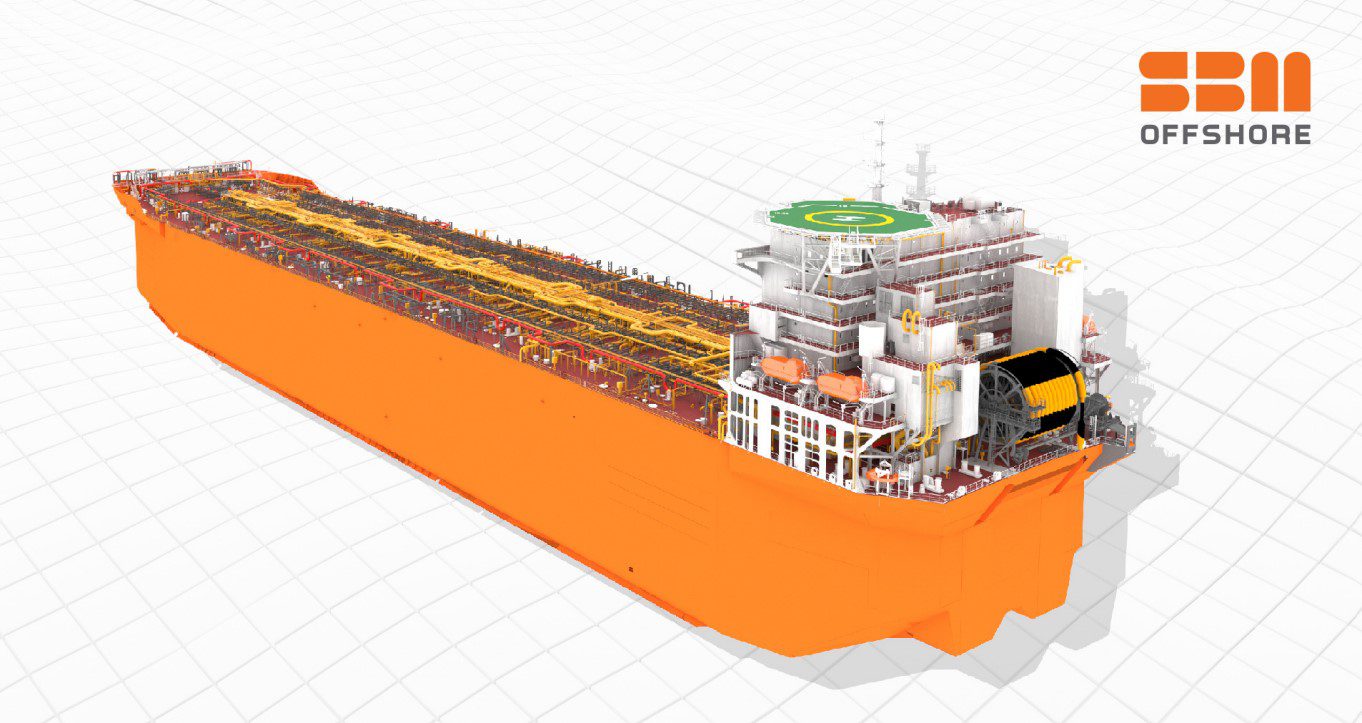The Payara project, scheduled for startup in 2023, will utilise a floating production, storage and offloading (FPSO) vessel with a record sustainable design.
ExxonMobil had said that its new Guyana FPSOs would be modeled off the sustainable design of the currently operating Liza Unity. That vessel is the first of its kind in the world to be awarded the SUSTAIN-1 notation by leading Classification Society American Bureau of Shipping (ABS). It is now in alignment with key elements of the United Nations’ Sustainable Development Goals (SDGs).
According to ABS, “Awarding of the notation means that the design and construction of the unit is assessed against and adheres to the requirements of the ABS Guide for Sustainability Notations.”
The ABS Guide for Sustainability Notations focuses on sustainability aspects of asset design, outfitting and layout that can be controlled, measured, and assessed. These include pollution and waste; coastal and marine ecosystems; energy efficiency and performance monitoring; low-carbon fuels; human-centered design; and asset recycling.
Most importantly, the vessel is more energy efficient and has a lower air emissions impact than other vessels. Exxon chose to utilise this sustainability design for future FPSOs, it said, because this helps the company ensure its ability to meet global production while supporting lower-emission energy goals.
Prosperity will be the second FPSO to operate offshore Guyana with the sustainable design and will therefore be in the running to be awarded the SUSTAIN-1 notation. It will also be the third FPSO delivered to Guyana by SBM Offshore.
Payara is the third project in the Stabroek Block and is expected to produce about 220,000 barrels of oil per day (bpd) after start-up. Producing alongside Liza Phases 1 and 2, Payara will take production offshore Guyana to more than 580,000 bpd.
Prosperity is expected to set sail from the Keppel shipyard in Singapore in the first quarter of this year for Guyana where it will produce oil and gas for the next two decades.




